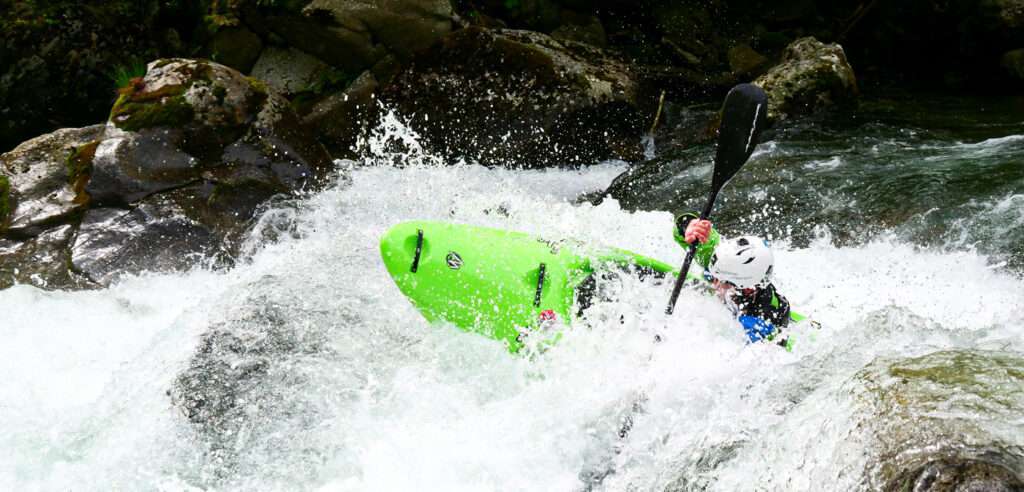Sea kayak and touring takes you into far-off reaches of the water, shoreline and islands. Many hours may be spent during a typical paddling session, necessitating the need for your seat to be working properly and with a good fit.
Back injury and fatigue can take place when the seat is broken or does not fit properly. Repairing kayak seats can be done in the field with basic tools or at home with specialized equipment, making for a more permanent fix.
Instructions
Difficulty: Moderate
Things You’ll Need:
- 3/4-inch nylon webbing
- Webbing adjusters
- Philips or flat-head screwdrivers
- Aerosol foam hardening formula
- Handheld heat gun
- Scissors or clippers
- Pocket lighter
- Waterproof epoxy
Step 1
Inspect the entire seat system. This includes the housing, nylon webbing and cords, attachment points and plastic. See if the seat needs to be remolded or shaped in the plastic, or if the seat is broken due to ripped webbing, broken attachment points or loose screws and securing devices.
Step 2
Make sure the nylon webbing on the seat’s attachment and adjustment points are run through the plastic adjusting tabs. If these are outside of the tabs, rethread, then adjust according to your body and back needs.
Step 3
Unscrew the plastic seat with the screwdrivers, taking care to save the washers, screws and nuts. Remove the plastic seat from the kayak and inspect for dents, bumps or dings in the plastic. Use the handheld heat gun to gently heat the affected areas. When the plastic is warm and moldable, form it into the shape needed for your back or into the original seat shape.
Be very careful you do not burn or melt the plastic when warming it with the heat gun. Replace the seat when molded and cool.
Step 4
Measure out a length of nylon webbing. Use the same length as the nylon webbing in the seat attachment if the old webbing is frayed or damaged. Melt the end of the cut new webbing with the lighter to seal the nylon. Remove the old webbing and thread the new webbing into the slots and plastic adjusting tabs.
Step 5
Drop a dollop of waterproof epoxy onto each screw, nut, washer and attachment point on the kayak seat and where it attaches to the main kayak. This tightens the connections, making the seat more secure. In addition, it waterproofs the connecting holes once a repair has been completed.

